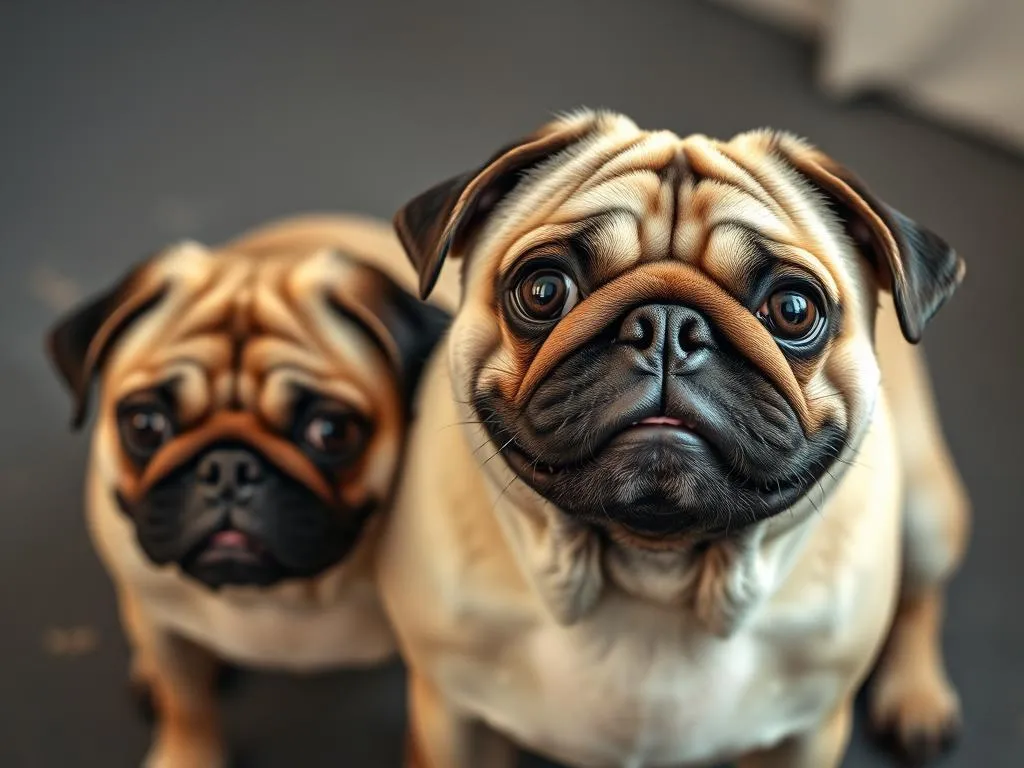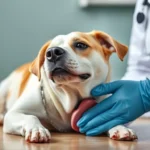
Dog health care is a critical aspect of responsible pet ownership. It not only involves regular veterinary check-ups but also an understanding of the specific health needs of different breeds. Among the many breeds, pugs stand out due to their distinct characteristics and certain health peculiarities. One topic that often comes up among pug owners is how much do pugs fart. Flatulence can be a common concern, and understanding the reasons behind it can provide insights into your pug’s overall health.
Understanding Dog Health Care
Importance of Regular Health Check-ups
Routine veterinary visits play a vital role in maintaining a dog’s health. These check-ups can catch potential health issues early on, allowing for timely interventions. Preventative care, including vaccinations, parasite control, and dental check-ups, is crucial. Regular health screenings help ensure that your pug remains healthy and can lead to a longer, happier life.
Common Health Issues in Dogs
Every breed comes with its own set of health concerns. Common issues include obesity, dental problems, and skin conditions. Certain breeds are predisposed to specific problems; for instance, larger breeds may face hip dysplasia, while smaller breeds often deal with dental diseases. Recognizing these breed-specific health risks is essential for effective dog health care.
Pugs: A Unique Breed Overview
Characteristics of Pugs
Pugs are small, compact dogs known for their charming personalities and distinctive physical traits. With their wrinkled faces, curled tails, and short legs, they are undeniably adorable. Pugs typically weigh between 14 to 18 pounds and stand about 10 to 14 inches tall. Their playful and affectionate nature makes them excellent companions, but this breed is also prone to certain health conditions.
Health Issues Specific to Pugs
Pugs are classified as brachycephalic dogs due to their short muzzles. This anatomical feature can lead to brachycephalic syndrome, a condition that affects their breathing. Additionally, pugs are susceptible to skin conditions like allergies and infections, as well as obesity due to their love of food and relatively low activity levels. Understanding these health issues is crucial for pug owners to provide adequate care.
Understanding Flatulence in Dogs
What Causes Gas in Dogs?
Gas in dogs is a natural byproduct of digestion. When food is broken down in the intestines, gases are produced. However, various factors can influence the amount of gas a dog produces, including diet, food sensitivities, and the digestive health of the dog. For instance, certain foods such as beans, dairy, and high-fiber diets can lead to increased gas production.
Is Flatulence Normal for Dogs?
Flatulence is common in dogs, but the extent of it can vary significantly. Some dogs may pass gas occasionally, while others may experience excessive flatulence. Understanding what constitutes normal gas levels is important. If your pug is farting more than usual, it could indicate a dietary issue or an underlying health problem.
How Much Do Pugs Fart?
Factors That Influence Flatulence in Pugs
Several factors can contribute to how much pugs fart. Diet plays a significant role; certain ingredients may upset their stomachs or be difficult for them to digest. Additionally, age and overall health can influence flatulence levels. Older pugs or those with digestive health issues may experience more gas.
Average Flatulence Levels in Pugs
On average, pugs may fart more than some other dog breeds, primarily due to their unique digestive systems and tendency towards obesity. Anecdotal evidence from pug owners suggests that while some pugs might be particularly gassy, others may have minimal issues with flatulence. Factors such as diet and lifestyle will significantly impact these levels.
When to be Concerned About Flatulence
While some gas is normal, excessive flatulence can be a sign of underlying health issues. If your pug shows other symptoms like lethargy, vomiting, diarrhea, or changes in appetite, it’s important to consult a veterinarian. These signs may indicate food intolerances or gastrointestinal problems that require attention.
Managing Flatulence in Pugs
Dietary Changes
Making adjustments to your pug’s diet can help reduce gas. High-quality dog food with easily digestible ingredients can make a significant difference. Foods rich in fiber can aid digestion, but be cautious with sudden dietary changes, as they can lead to more gas. Here’s a list of recommended dietary changes:
- High-quality dog food: Look for brands that list meat as the first ingredient.
- Probiotics: These can promote healthy gut flora.
- Small, frequent meals: This can help with digestion and reduce gas.
Lifestyle Adjustments
Regular exercise is essential for maintaining a healthy weight and promoting good digestion. Pugs need daily walks and playtime to stay fit. Feeding practices also matter; avoid giving table scraps, and control portions to prevent overeating.
Natural Remedies and Supplements
Some natural remedies and supplements can help reduce flatulence in pugs. Be cautious and consult your veterinarian before introducing any new supplements. Here are a few options that may help:
- Digestive enzymes: These can aid in the breakdown of food.
- Pumpkin: This can help with digestion and is safe for dogs.
- Ginger: Known for its digestive benefits, ginger can be given in moderation.
Ensuring Overall Health for Pugs
Importance of a Balanced Diet
A balanced diet is crucial for maintaining a pug’s health. Nutritional needs specific to pugs include adequate protein, healthy fats, and fiber. Reading pet food labels can help you choose the right food for your pug. Look for complete and balanced formulas designed for their breed size and age.
Regular Exercise and Mental Stimulation
Pugs thrive on regular physical activity and mental challenges. Activities like fetch, tug-of-war, and puzzle toys can keep your pug engaged. Regular exercise not only helps to maintain a healthy weight but also supports mental health, reducing anxiety and promoting overall well-being.
Grooming and Hygiene
Maintaining proper grooming and hygiene is vital for pugs. Regular brushing helps manage shedding and keeps their skin healthy. Pay special attention to skin folds, as they can trap moisture and lead to infections. Bathing and cleaning these areas regularly can prevent skin issues.
Conclusion
Understanding the unique health needs of pugs is essential for their overall well-being. From managing flatulence to ensuring a balanced diet and regular exercise, proactive care can significantly enhance your pug’s quality of life. Remember to monitor any changes in your pug’s behavior or health, as these can be indicators of underlying issues. By being informed and attentive, you can ensure that your adorable pug remains happy and healthy for years to come.
In summary, addressing the question of how much do pugs fart goes beyond mere curiosity; it reflects a deeper understanding of their health and well-being. Staying proactive in dog health care not only helps manage flatulence but also fosters a loving, supportive environment for your furry friend.









